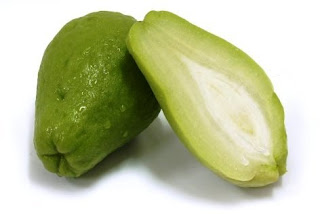Spring is RAMPing UP
One of the first edible greens you'll cross in a healthy Indiana forest is the allium tricoccum or the ramp!
Similar to the European and Asian species (A. ursinum), the American wild onion is like the little delightful baby of garlic and onion if they were to procreate.
The smell is garlic but the taste is sweet onion and is a bit of heaven that can play on toast in the garlicy way that we feign.
This plant seems to have been a staple to many of the indigenous American tribes. Because it is one of the first greens to show, it was common in "spring tonics" to stave off the sluggishness of winter and replenish the body of minerals.
The short lived perineal herb was often dried to extend its season, boiled, fried, eaten raw, or added to soups and prepared dishes.
It recently has fallen victim to thoughtless and reckless commercial harvesting. The bulb spreads by rhizome and takes several years to go to seeds. Decimated populations can take a century to recover where bulbs have been eradicated.
Harvest this sustainably by leaving the bulb and slicing just one of the plants leaves low on the stalk. Only harvest from densely populated areas.
The juice of the leaf and stem are noted to treat ear aches and when potently boiled down into a decoction causes vomiting dislodging worms and parasites.
This plant at one time was so abundant in the Great Lakes area that the area that we now know of as Chicago is said to have derived its name from the abundant growth of this plant, the shika'ko , along the river.
Similar to the European and Asian species (A. ursinum), the American wild onion is like the little delightful baby of garlic and onion if they were to procreate.
The smell is garlic but the taste is sweet onion and is a bit of heaven that can play on toast in the garlicy way that we feign.
This plant seems to have been a staple to many of the indigenous American tribes. Because it is one of the first greens to show, it was common in "spring tonics" to stave off the sluggishness of winter and replenish the body of minerals.
The short lived perineal herb was often dried to extend its season, boiled, fried, eaten raw, or added to soups and prepared dishes.
It recently has fallen victim to thoughtless and reckless commercial harvesting. The bulb spreads by rhizome and takes several years to go to seeds. Decimated populations can take a century to recover where bulbs have been eradicated.
Harvest this sustainably by leaving the bulb and slicing just one of the plants leaves low on the stalk. Only harvest from densely populated areas.
The juice of the leaf and stem are noted to treat ear aches and when potently boiled down into a decoction causes vomiting dislodging worms and parasites.
This plant at one time was so abundant in the Great Lakes area that the area that we now know of as Chicago is said to have derived its name from the abundant growth of this plant, the shika'ko , along the river.





Comments
Post a Comment